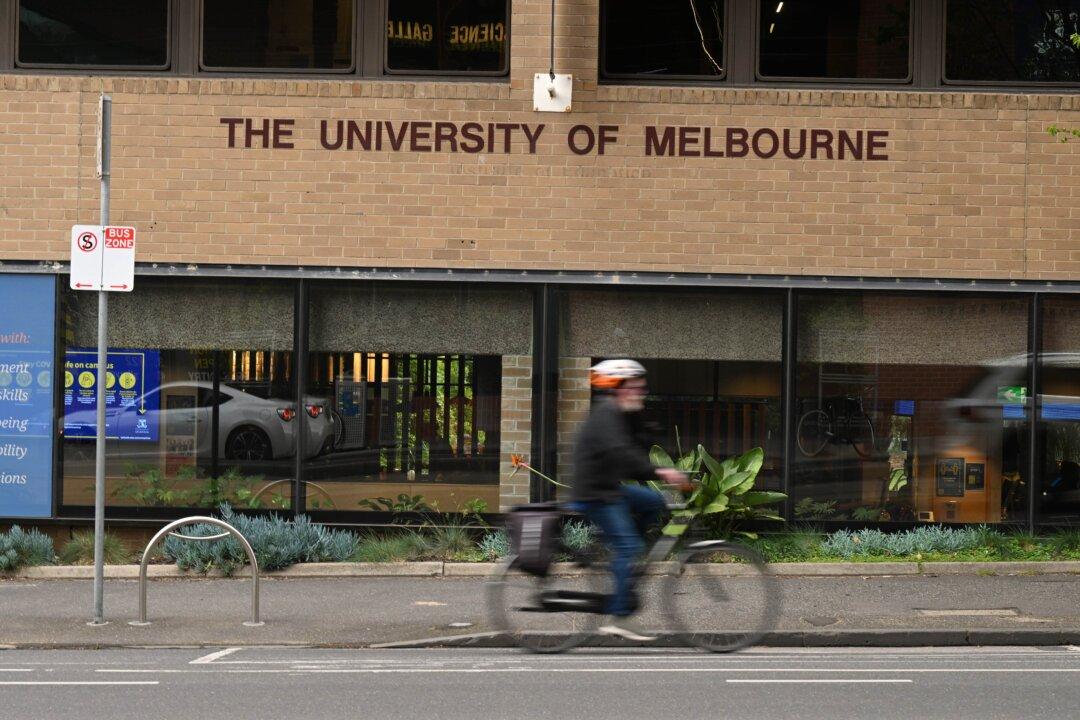With obesity now Australia’s top preventable health burden, a new national survey reveals strong public support for decisive action—starting with sugar-laden drinks.
Published in the Australian and New Zealand Journal of Public Health, the survey of over 2,800 adults found that 83 percent of Australians back clearer labelling for added sugars in beverages.
Another 73 percent want marketing of sugary drinks to children banned, while 56 percent support a health levy on soft drinks.
But the concern goes beyond regular sodas.
The majority of Australians also support tighter controls and clearer labels for “diet” and “zero” soft drinks, as well as 100 percent fruit juice—products often perceived as healthier, but still high in sugar.
Lead author Professor Caroline Miller, director of the Health Policy Centre at the South Australian Health and Medical Research Institute and president of the Public Health Association of Australia (PHAA), said the message to policymakers is clear.
“Sugary drinks are a significant driver of obesity, which has recently overtaken tobacco as Australia’s biggest cause of preventable disease burden,” she said.
She urged the government to prioritise public health over corporate profits and introduce “cost-effective steps that would help Australians make informed decisions.”
Public Health Experts: Don’t Rely on Education Alone
Health advocates say the findings underscore strong community demand for government intervention—not just consumer education.
“There’s genuine concern about unhealthy drinks and a clear expectation that the Australian Government will show leadership,” said PHAA CEO Adjunct Professor Terry Slevin.
Miller warned that misconceptions around no-sugar drinks, so-called “healthier” alternatives, remain widespread.
“There’s work to be done to help Australians understand that non-sugar sweetened beverages and 100 percent fruit juice shouldn’t be consumed regularly or in high quantities,” she said. “Improved labelling is an important first step.”
Slevin added that a health levy could also push beverage makers to rethink their products.
“It would encourage manufacturers to reformulate drinks and reduce sugar content,” he said.
In March, just before the budget, the Australian Medical Association’s “Sickly Sweet” pre-budget submission also called for a sugar tax.“Our proposal for a tax on sugary drinks would drive down annual sugar consumption by 2kg per person, while raising $3.6 billion in government revenue over the forward estimates—funds that could be invested in crucial preventive health measures,” AMA President Dr. Danielle McMullen said.
Butler Dismisses Tax
Health Minister Mark Butler acknowledged the growing obesity crisis, calling it “one of the biggest public health challenges we face today.” But he ruled out any sugar tax.“We’re instead focusing on education and also working with food manufacturers to reduce the amount of sugar they put into their products,” he said, citing successful reformulation of ice creams and other supermarket products.
“We’re focused more on educating shoppers with good front-of-pack labelling about the things they’re thinking about buying at the supermarket.”
Liberal Senator Jane Hume accused Labor of eyeing a sugar tax to fix the budget.
Two-Thirds of Australians Now Overweight or Obese
National data compiled by the Australian Bureau of Statistics shows 66 percent of Australian adults—around 13 million people—are now overweight or obese, including 34 percent overweight and 32 percent obese. A troubling 13 percent are severely obese, with a BMI of 35 or more.
Men are more affected than women: 71 percent of adult males are overweight or obese, compared to 61 percent of women.
The problem worsens with age—rates among men rise from 42 percent in the 18–24 age group to 81 percent by ages 65–74. For women, the figure peaks at over 70 percent between 55 and 74.
Among children and teens, one in four (26 percent) are overweight or obese—18 percent are overweight and 8.1 percent are obese.
Australia Among Fattest OECD Nations
OECD figures compiled by the Australian Institute of Health and Welfare show Australia ranks tenth among 21 OECD countries for overweight and obesity.
Australia is equal fourth for male obesity (32 percent), behind the United States, Hungary, and New Zealand.
Among women, the obesity rate of 30 percent also sits well above the OECD average of 26 percent.
Health experts warn the numbers are only heading in one direction unless there is bold policy action.







